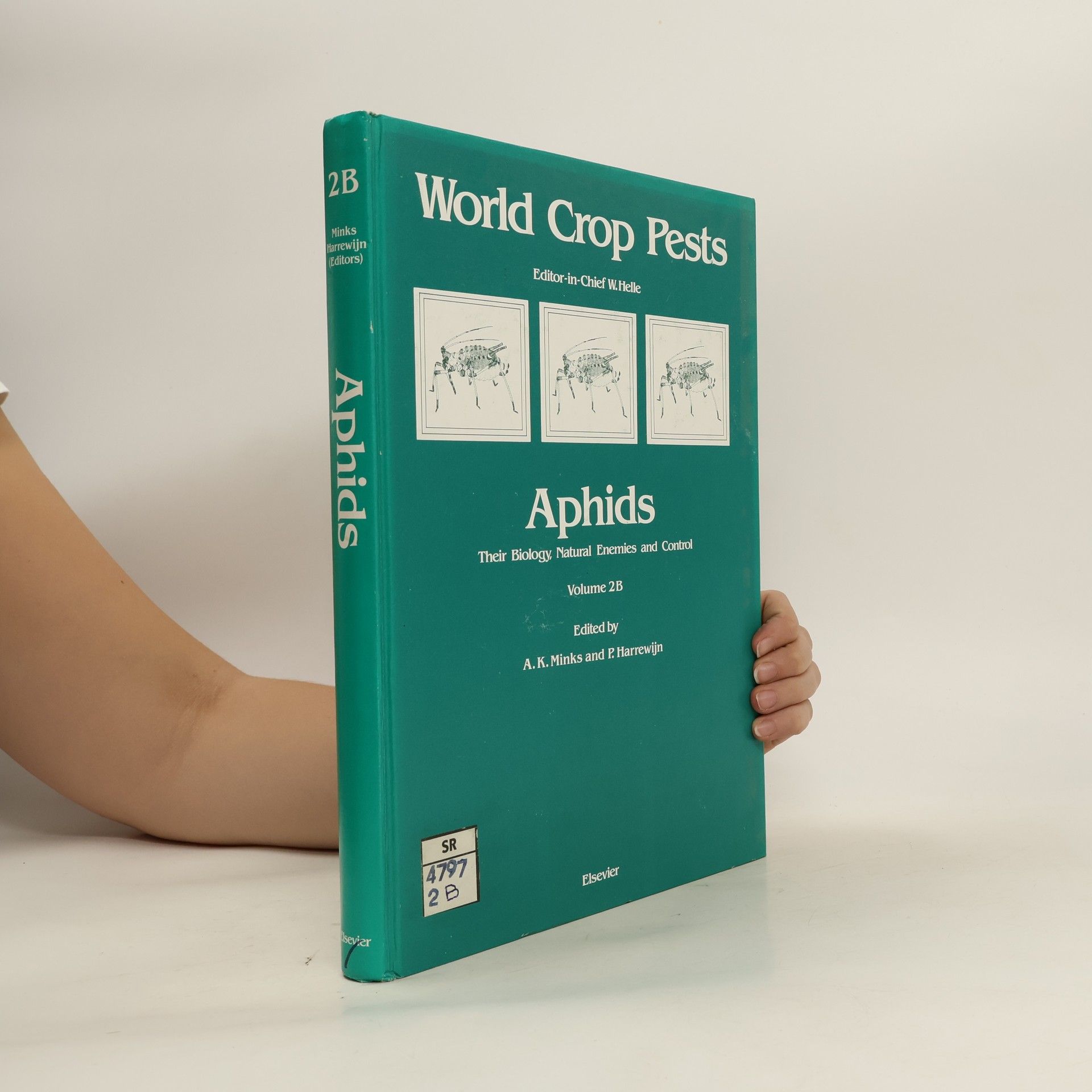Techniques; Sampling techniques; Sampling alatae; Sampling populations on plants; Population development models; Descriptive models; Analytical explanatory models; Numericak simulation models; Summary models and their use in technology; Mounting techniques; Note-book for recording data of aphid samples; Clearing procdures for munting aphids on slides; Mounting of the aphids om microscopic slides; Aphid collections; Photographs and collections of films and pictures; Microscopy; Light microscopy; Dissections; Histological techniques, drawings; Transmission electron microscopy; Scanning electron microscopy; Rearing and handling aphids; Virus transmission studies; Use of isotones; Electrical recording of stylet penetration activities; Aphid energy budgets; Aphid bioassay techniques; Electrophysiological techniques; Electrophoretic techniques for the genetic study of aphids; Applications of artificial feeding techniques for aphids; Natural enemies; Parasites; Aphidiidae; Aphelinidae; Hyperparasities; Sampling and rearing of aphid parasites; Predators; Coccinellidae; Neuroptera; Syrphidae; Cecidomyiidae; Anthocoridae; Carabidae and other invertebrates; Sampling, rearing and handling of aphids predators; Aphid pathogens; Resistance of aphid natural enemies to insecticides; Resistance in aphidophagous insects; Selective toxicity favouring predators and parasitoids
P. Harrewijn Livres


Aphids
Their Biology, Natural Enemies and Control
Morphology and systematics. Anatomy and physiology. Reproduction, cytogenetics and development. Biology. Aphids and their environment. Evolution. organization (structure) of population and species, and speciation